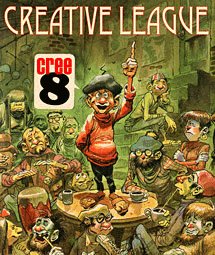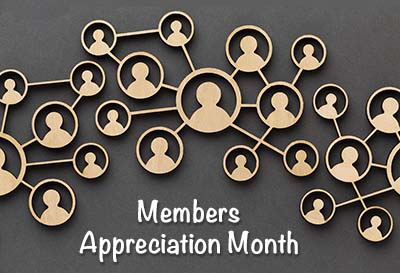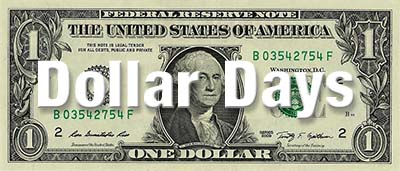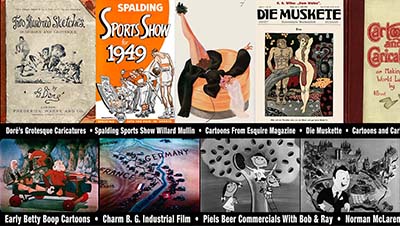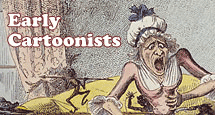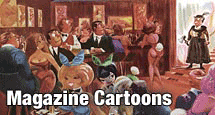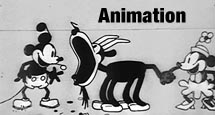
For the past few weeks, Animation Resources has been giving you reasons why you should join as a member. The question you should ask yourself is, “How much is my creativity as an artist worth to me?”
I vividly remember working with an artist who worked very hard at his job… so hard in fact, he didn’t take time out to invest in himself. He became drained and said, “All output with no input isn’t a good thing.” He took six months off and travelled to places where he could investigate art that he hadn’t taken the time to consider before. When he came back, he was twice the artist he was when he left.
It’s easy to get into a rut in the animation business- in fact, it’s encouraged. Day to day work is reduced to formulas applied mechanically by rote. That isn’t the way an artist should work. That’s what AI does. Who wants to work like AI?
Don’t starve yourself as an artist by focusing on one thing to the exclusion of others. Animation is capable of doing just about anything you can imagine. Why not push the envelope a little?
The best way to do that is to do what the artist I worked with did… expose yourself to art you haven’t considered before. The best way to do that is through a membership in Animation Resources. If you join as an annual member, every month you will receive a Reference Pack contributed to by some of the best artists in the business and curated by some of the most knowledgeable people currently working in the field. You can download this precious material and save it on your hard drive. Over time, you will build a library of animated films, cartooning, podcasts and documentaries worthy of study. As you absorb them, you will become twice the artist you were before you joined Animation Resources.
Monday morning, we will go back to work on the next Members Only Reference Pack, and the Members Appreciation Month specials will end. You won’t be able to join for a week for one dollar , you won’t have access to the FREE massive sample RefPack, and it will be another year until you’ll get these opportunities again.
The dues in Animation Resources are ridiculously low compared to the material you get. Of course you can afford $95 a year. If feeding your creativity isn’t worth that to you, something is seriously wrong with your approach to your career as an artist.
JOIN TODAY before it’s too late. https://animationresources.org/membership/levels/
For the past decade, Animation Resources has been serving artists working in the fields of animation, cartooning and illustration. Our volunteers and members have pulled together to raise the bar for our art form, and it’s time to celebrate… It’s Members Appreciation time again!
During the month of February, Animation Resources expresses our appreciation to our members with a very special Reference Pack, and we invite you to become a member too. For the next 30 days, we will be sharing reasons why you should join us. Our benefits of membership far exceed the cost of our annual dues. It’s hands down the best deal in animation.
This year, we are trying something new to encourage new memberships. You can join for a one week trial membership for only A DOLLAR! Yes, you get access to everything our annual members get for seven days for only a buck. (Click here for the details on our Dollar Days.) What are you waiting for?
It’s easy to join. Just click on this link and you can sign up right now online…
JOIN TODAY!
https://animationresources.org/membership/levels/
Here is what you’ll get when you join…
- Every other month, you will receive a brand new Reference Pack which consists of high resolution downloadable e-books packed with fantastic artwork, rare animated films from our collection, documentaries, podcast discussions and more!
- For our annual members, we have even more. Inbetween RefPacks, we rerun a past RefPack in our Bonus Archive. This means that every year, as an annual member you will be receiving 12 full Reference Packs a year, instead of just 6! This only applies to General and Student membership, not Quarterly members. So if you are on a quarterly billing cycle, you might want to consider cancelling your Quarterly membership and re-joining as a General member.
- We also host “Animated Discussions” Events as live-streamed video programs. Past Podcasts are archived along with our Reference Packs and on the Bonus Archive page for annual members.
- Every year or two, Animation Resources provides more benefits for its members, and we occasionally raise our dues a little to allow us to continue to expand our offerings. But if you join today, we promise that General Membership dues will never increase as long as you maintain your membership.
- General Membership is just $95 a year. For students and full time educators, it’s just $70. Are the annual dues too much to spend all at once? We also have a Quarterly Billing Option where you are billed $30 every three months. You can cancel your membership at any time on the Membership Account Page.(Quarterly Membership does not include the Bonus Archive.)
- If you aren’t convinced yet that Animation Resources Membership is one of the best deals for artists, JOIN for a one week trial membership for only a buck! See the Dollar Days Page for details.
JOIN TODAY!
https://animationresources.org/membership/levels/
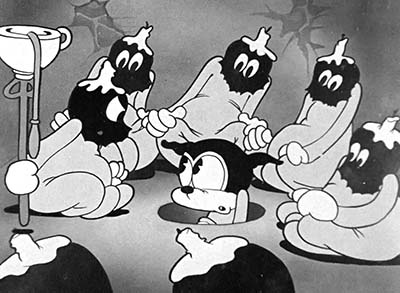
WANNA BE A MEMBER? WANNA BE A MEMBER?
With the bi-monthly Reference Packs curated by our Board, the Bonus Archive and the podcasts, you will have a great start at building a personal library of reference material that will serve you for your entire artistic career… and it’s a drop dead bargain. But the best part is that you’ll be supporting a 501(c)(3) non-profit organization that is run by artists and for artists. If you are a creative person, you should be a member of Animation Resources. You owe it to yourself and your muse.
FREE SAMPLES!
Not Convinced Yet? Check out this SAMPLE REFERENCE PACK! It will give you a taste of what Animation Resources members get to download every other month! That’s 560 pages of great high resolution images and nearly an hour of rare animation available to everyone to download for FREE!
JOIN TODAY!
https://animationresources.org/membership/levels/
![]()
![]() Animation Resources depends on your contributions to support its projects. Even if you can’t afford to join our group right now, please click the button below to donate whatever you can afford using PayPal.
Animation Resources depends on your contributions to support its projects. Even if you can’t afford to join our group right now, please click the button below to donate whatever you can afford using PayPal.





